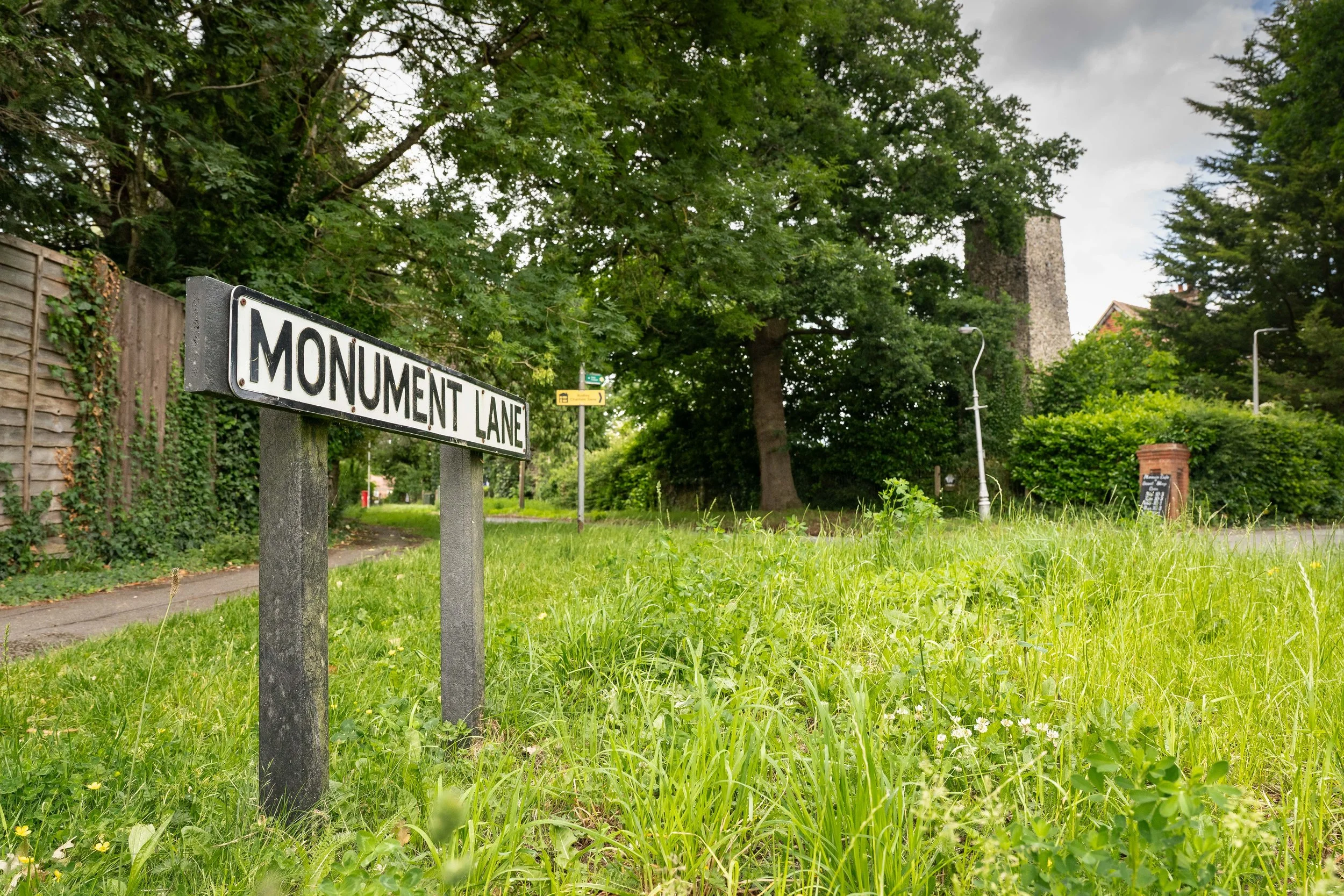The History of Newland Park
Chiltern Open Air Museum is based within the old grounds of Newland Park in Chalfont St. Giles. We take a look at some of the history of the house and surrounding area.
What is Newland Park?
Newland Park is an 18th and 19th century country house with a park, gardens and pleasure grounds. The landscape was laid out in the late 18th century with modifications in the 19th century and a remodelling of the garden in the early 20th century with a formal scheme by the renowned landscape architect Thomas Mawson.
The site is a typical Chiltern country house estate comprising park, woodland, garden and pleasure grounds, developed over about 150 years reaching its most complete form in the early 20th century. The estate had several owners and in 1772 the estate was sold to Sir Henry Gott who carried out considerable extensions to the existing house adding two wings to the central block of the building. The long, formal south-west drive framed by avenues of trees and split into two by Gorelands Lane takes in extensive views of the park and estate land. Opposite the Gorelands Lane entrance the outer half of the south-west drive which is now a bridleway leads to an entrance off Chesham Lane.
What is Gott’s Obelisk?
Sir Henry erected “Gott’s Obelisk” in 1785 which served as a monument and a signpost for the main entrance to the estate. It stands on Chesham Lane some distance beyond the south of the park near the entrance to the National Headquarters of the Epilepsy Society. The obelisk faces the appropriately named Monument Lane.
The obelisk is built of flint rubble with an inscribed stone plaque surrounded by a brick border. The plaque is at horseback height.
The inscription on the plaque reads:
1785 To NEWLAND I Mile III Furl.g's To Chesham VII Miles Built by Sir H T Gott Restored by W Brown in 1879 To Denham IV Miles To Uxbridge VI Miles LONDON XXI.
A pointing hand is incised between the 17 and 85 of the first line of inscription. George III apparently often visited Gott and the purpose of the monument was purportedly to commemorate the death of a stag at which George III was present or when he lost his way, or simply as a signpost to Newland Park. The obelisk milestone was restored in 1879 after a lightning strike, and, having been struck again by lightning in 1964 it was reduced from 60ft to 20ft, less than half its original height.
In 1903 Newland Park was sold to Henry Andrade Harben, son of Sir Henry Harben, founder of the Prudential Assurance Company. H A Harben, and his son, Henry Devenish Harben, who inherited the estate in 1910, improved the house and the gardens.
Newland Park and the Suffragettes
A statue of Millicent Fawcett who campaigned for women's suffrage by legal change and in 1897–1919 led Britain's largest women's rights association.
The Harbens became closely involved with the Pankhursts, in particular Sylvia, who shared their socialist beliefs. They provided £50 annually to Sylvia Pankhurst’s East London Federation of Suffragettes. Their country estate, Newland Park, became a refuge for any suffragettes who were on the run or needed somewhere to recover after the ordeal of being force fed in prison. Emmeline Pankhurst and her close associates, Annie Kenney, and Flora Drummond stayed here and were nursed back to health in the lovely Chiltern countryside. Henry presented Emmeline Pankhurst with a bed jacket during her stay.
One of the Harbens’ friends, Cyril Joad, described this radical household: “Suffragettes, let out of prison under the Cat and Mouse Act, used to go to Newlands to recuperate, before returning to prison for a fresh bout of torture. When the county called, as the county still did, it was embarrassed to find haggard-looking young women in dressing-gowns and djibbahs reclining on sofas in the Newlands drawing-room talking unashamedly about their prison experiences. This social clash of county and criminals at Newlands was an early example of the mixing of different social strata which the war was soon to make a familiar event in national life. At that time it was considered startling enough, and it required all the tact of Harben and his socially very competent wife to oil the wheels of tea-table intercourse, and to fill the embarrassed pauses which punctuated any attempt at conversation.”
After seeing first-hand the results of the government’s treatment of the imprisoned suffragettes and caring for those emaciated, frail women in his home, Henry became increasingly militant. In February 1913 he was evicted from the House of Commons for causing a disturbance by loudly demanding better treatment for women prisoners. In June he accompanied Agnes as a delegate to the International Suffrage Alliance in Budapest and in February 1914 he was arrested with the writers Laurence Houseman and Henry Nevinson, amongst others, for holding a protest meeting against force feeding outside the House of Commons, at the foot of the Richard the Lionheart Statue.
Newland Park During and After WW2
In 1939 Newland Park was bought and used as an evacuation site for the North British & Mercantile Insurance Company. In 1946 it became the Newland Park Teacher Training College and subsequently Buckinghamshire Chilterns University College and then Bucks New Uni. In 1981 the Chiltern Open Air Museum opened in the north-east area of the site.
Acknowledgements
bucksgardenstrust.org.uk/wp-content/uploads/2021/02/Newland-Park-BGT-RR-dossier-Feb-21.pdf
heritageportal.buckinghamshire.gov.uk/Monument/MBC13706
amershammuseum.org/history/people/20th-century/the-harbens-and-newland-park/
Written by Museum Volunteer Roger Coode.




